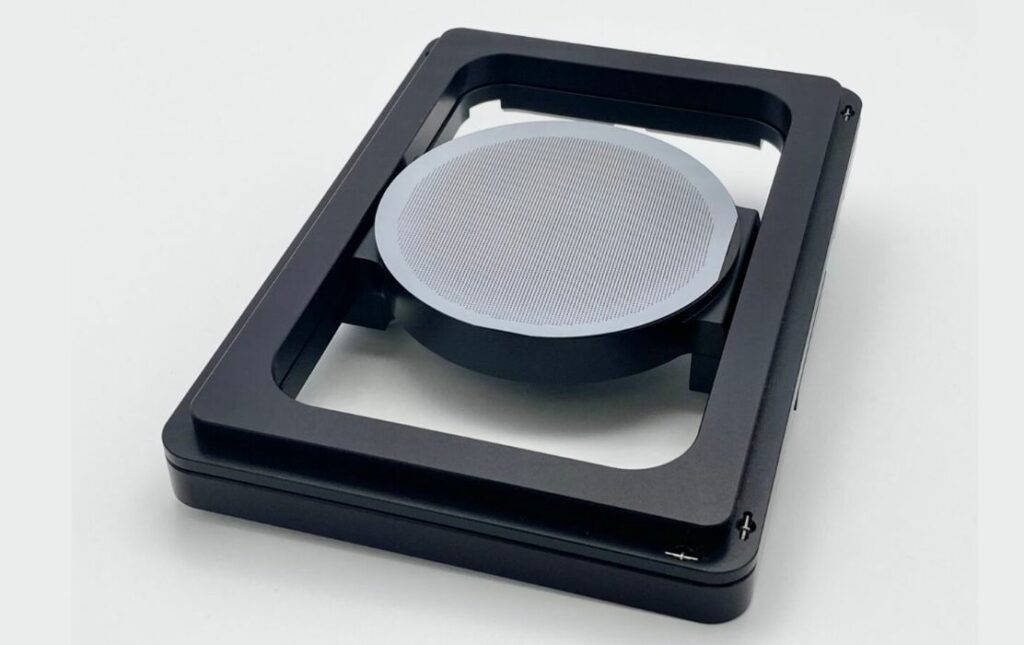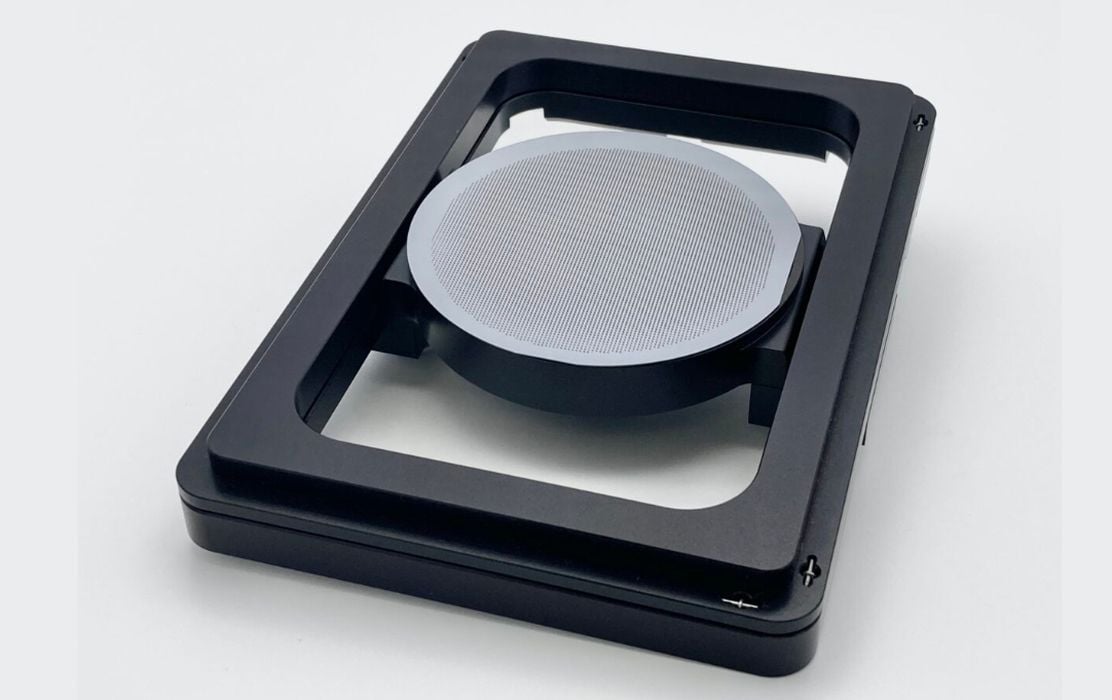
UpNano announced a new feature that will increase the precision of their two photon 3D printing system.
Two photon printing, or “2PP”, is an unusual form of 3D printing that focuses on the very, very small. It involves use of a photopolymer resin and an energy deposition system that focuses photons on an extremely small point within the resin. This point receives enough energy to polymerize, and the system moves the “fusion point” around in three dimensions to build entire 3D objects.
UpNano is one of the few companies offering TPP commercially. We took a look at the Austrian company’s NanoOne flagship 3D printer earlier this year.
This device is able to 3D print objects with structures with features as small as 170nm (that’s 0.00017mm!), which are completely invisible to the naked eye. You really need a microscope to appreciate these prints!
What would you print at such a small scale? There are plenty of industrial applications, such as lenses, microfluidic apparatuses, and tiny mechanical structures. UpNano also has a bioprinting variation of the machine to allow production of living cells using 2PP.
What’s highly unusual about the NanoOne is that its build volume is 100 x 120 x 40 mm. While that might seem modest as far as conventional 3D printers go, that’s absolutely gigantic compared to other nano-scale 2PP 3D printers.
The magic here is that the NanoOne can 3D print both macroscopic and microscopic objects. Or macroscopic objects with astonishing levels of detail. UpNano said the device “can build structures across 12 orders of magnitude.”
What’s the news? UpNano has released a new accessory, a tilt compensation substrate holder.
What’s that all about? It turns out that substrates at this scale are not exactly flat. While they may appear polished to the eye, they are not at nanoscale. Imagine 3D printing with an FFF device on a print plate that has visible bumps and dips. The resulting prints would have compromised quality, of course.
UpNano explains:
“In 2PP 3D-printing size matters after all: the larger the printed structure the more the slightest unevenness of the print material will affect the precision of the final product. This well-known complication has now been addressed and solved by UpNano GmbH.”
The new substrate holder provides a way to increase the quality of these finely detailed prints, and that should enable new applications that otherwise could not have been implemented on the platform.
Via UpNano

